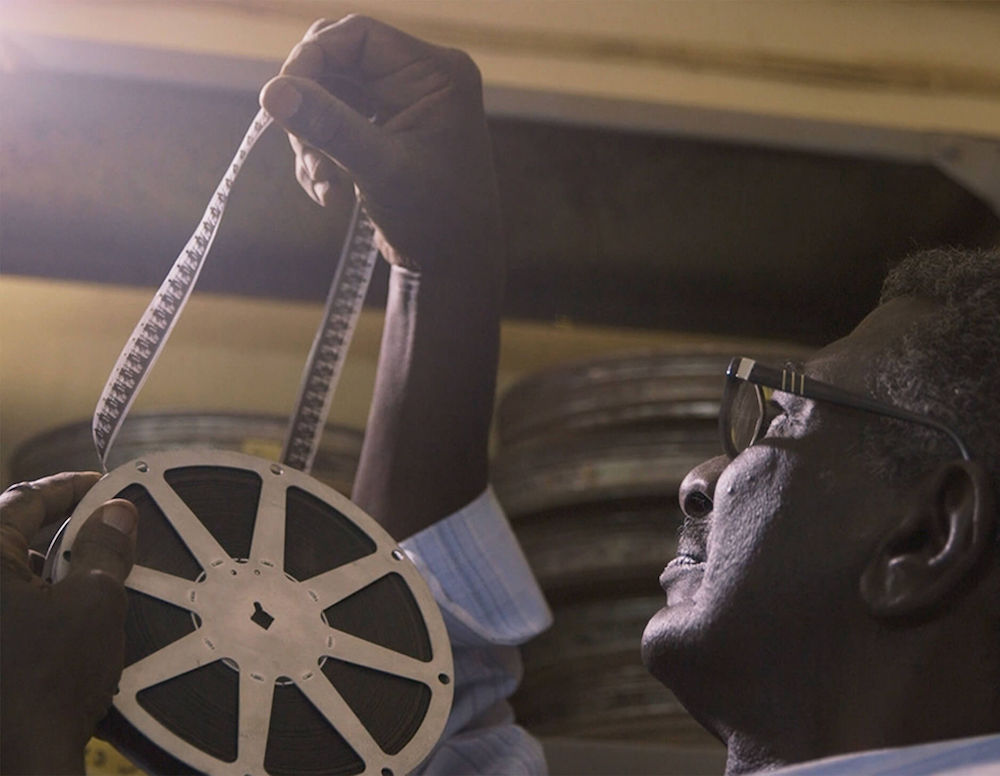The pandemic has brought many issues to the fore, including health care, basic income and housing. Further down the list (but inspiring outsize passion) is how we consume movies. After nearly a year without much production and very few theaters allowed to remain open, prestige projects are headed straight to premium streaming. Films that were made to be seen on giant screens are available as first-run films on your telephone. Theater owners have the biggest stake in the outcome of this. After being forced to re-tool for digital projection, 3D and other expensive amenities, people have had a year to get accustomed to seeing first-run features at home. As televisions get bigger and family entertainment budgets grow tighter, families may start budgeting for the streaming price for a movie, which often entertains a whole family for the price of a theater admission.
A recent Sudanese movie (streamed during the New York African Film Festival) examines the realities of enticing an audience back into theaters after decades of watching films on their phones, because a repressive government caused all of the theaters to close. Talking About Trees (2019) follows the efforts of a group of filmmakers, unable to work in their home country, to show a movie in a theater. The tone is set for the universal appeal of cinema when one of the directors breaks into a spontaneous imitation of Gloria Swanson in Sunset Boulevard (1950). The four filmmakers who spearhead this effort call themselves the Sudanese Film Club. They were all educated outside of Sudan, and their films show such influences as French New Wave and early Russian montage. Most of their films are lost or missing, so much excitement occurs when one of the directors is able to locate his student film from a Soviet film school. Enough of their work survives to offer clips throughout the documentary that display a finely tuned film sensibility. Since the country is under Sharia Law, the only cinemas that operate are in the capital city of Khartoum. These show censored versions of Hollywood and Bollywood blockbusters.
Their efforts start with guerrilla outdoor showings with a small digital projector. It is the first time that many people in the audience have seen a film projected. As they question local residents about what might get them into a theater, they land on the film Django Unchained (2012) as meeting the necessary mix of ingredients. Looking at the challenges of restoring a long-shuttered theater, locating a working projector, finding a time slot that won’t be interrupted by calls to prayer, and facing the risk of arrest, they finally are forced to abandon their plan. One of the film’s conclusions is that people who have fallen out of the habit of watching movies in a theater are not that easily lured back. As we contemplate the future of how we consume movies, there is a lot of food for thought here. Perhaps seeing movies in theaters will be like listening to records on vinyl. People will still do it, but not the majority of them.


